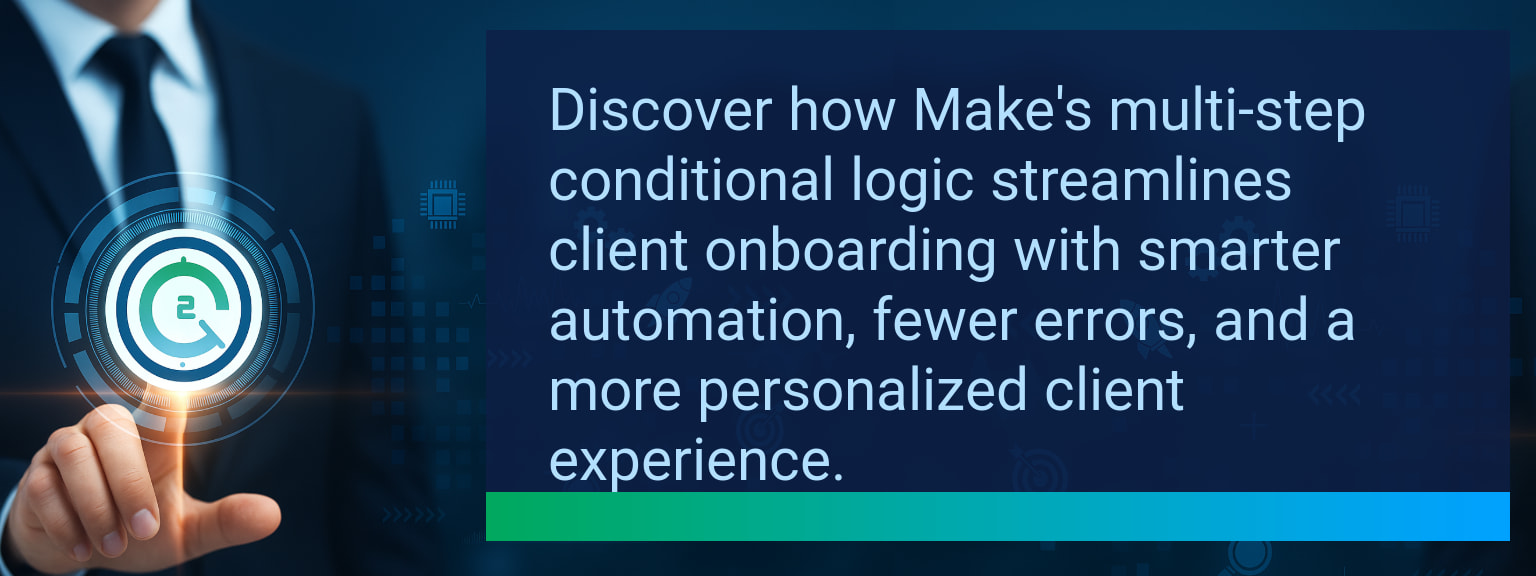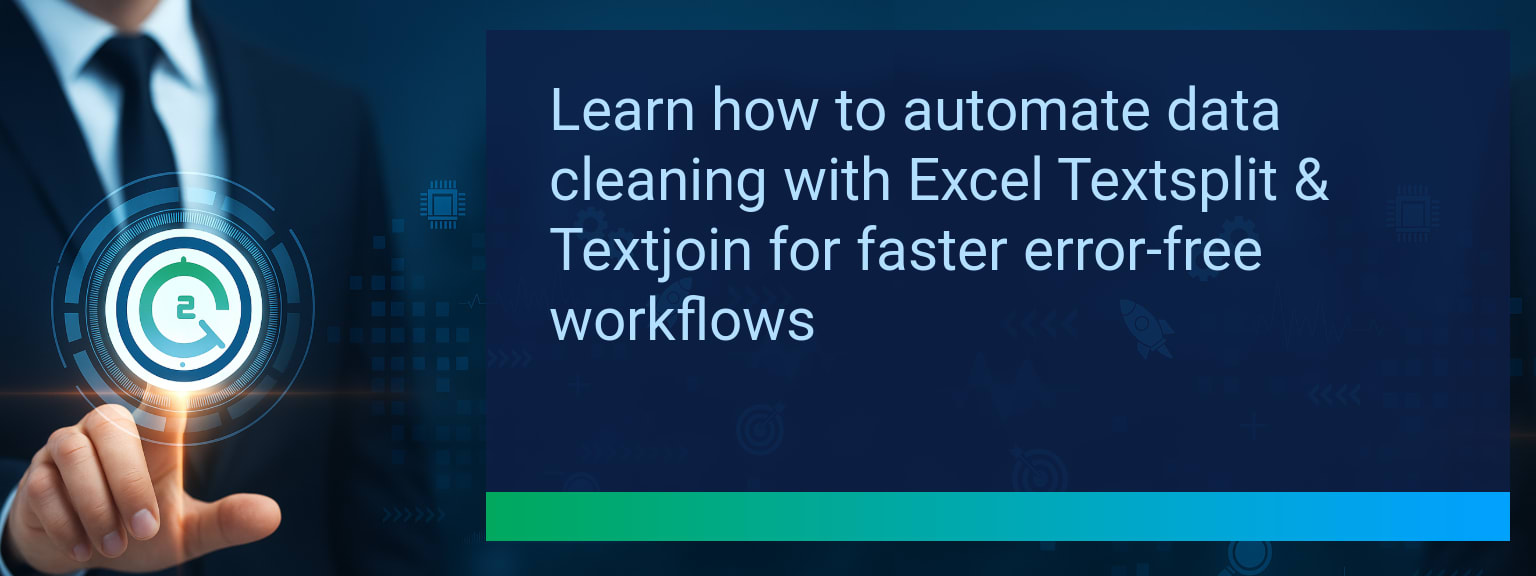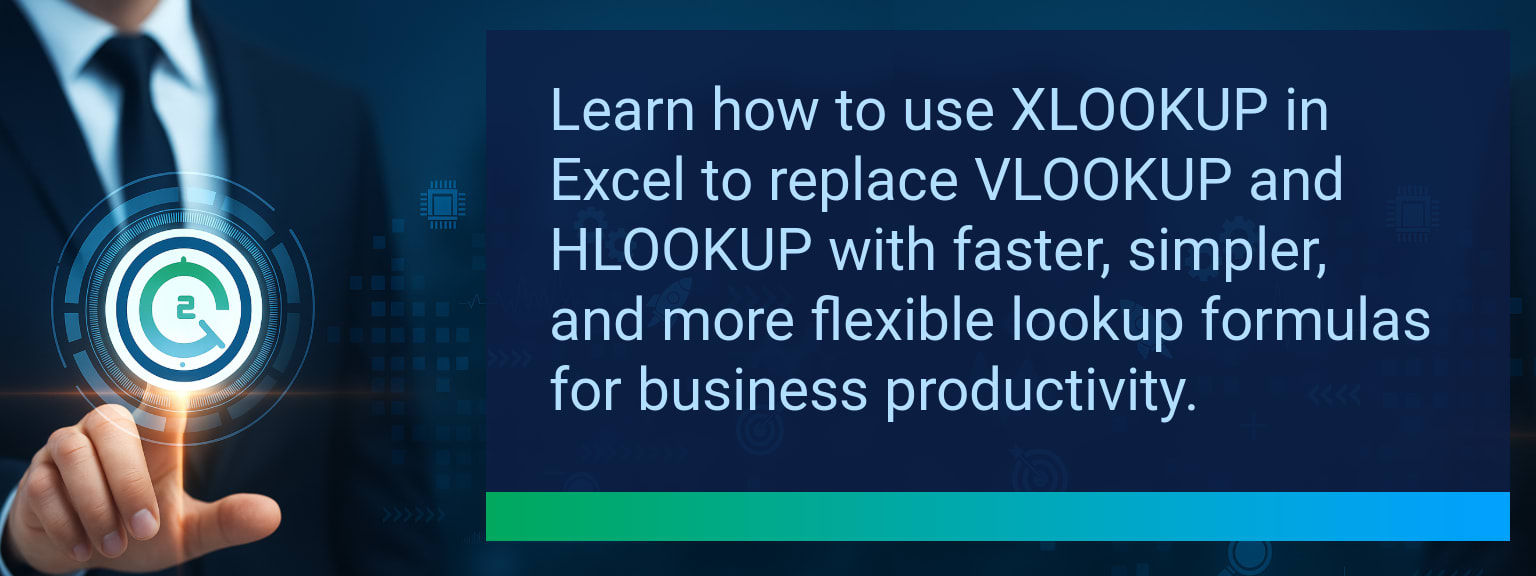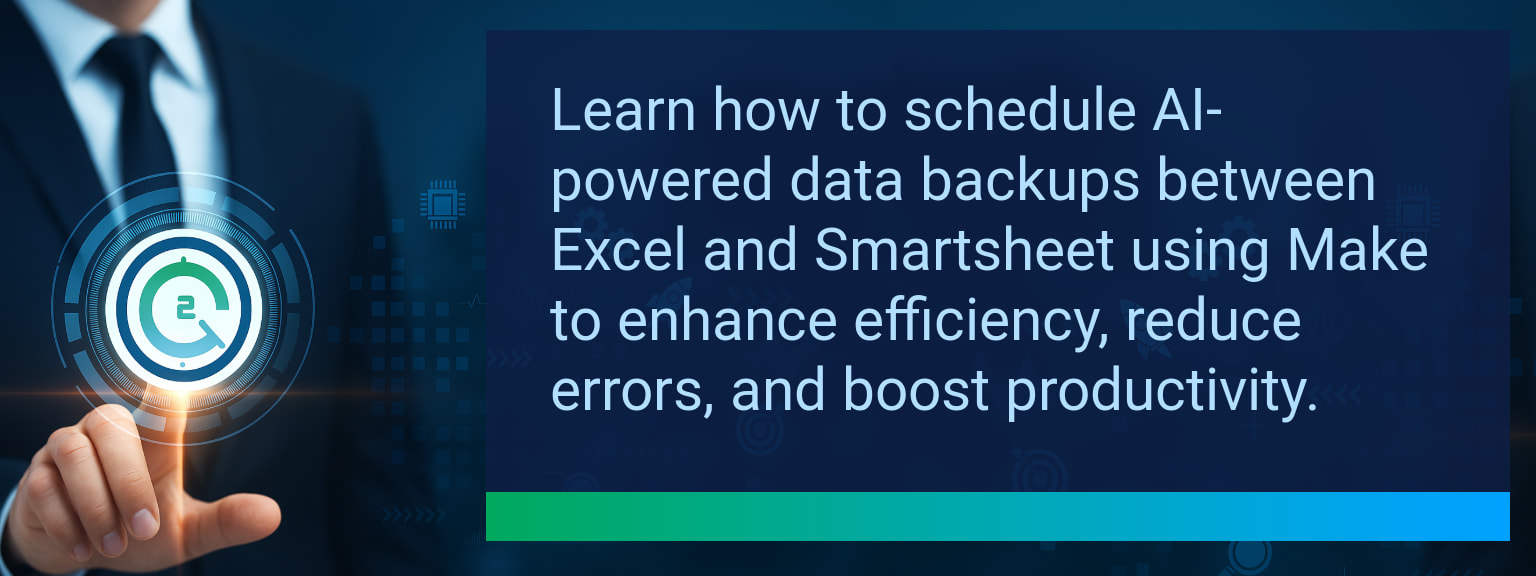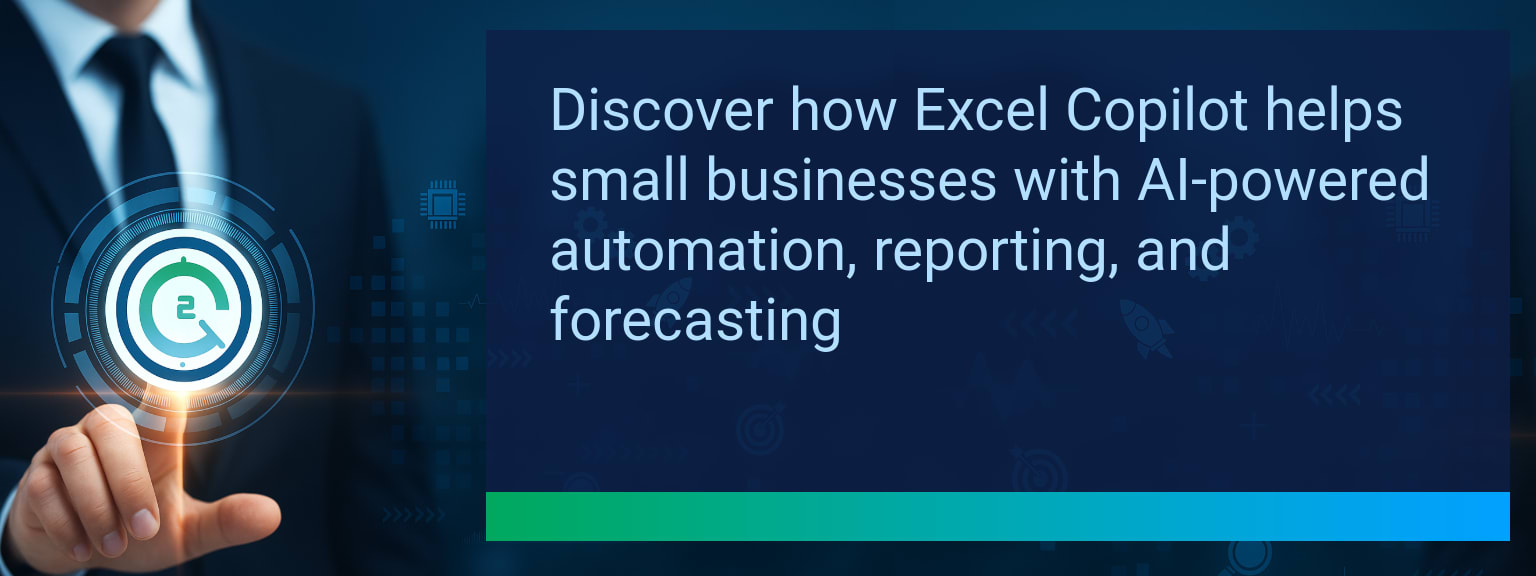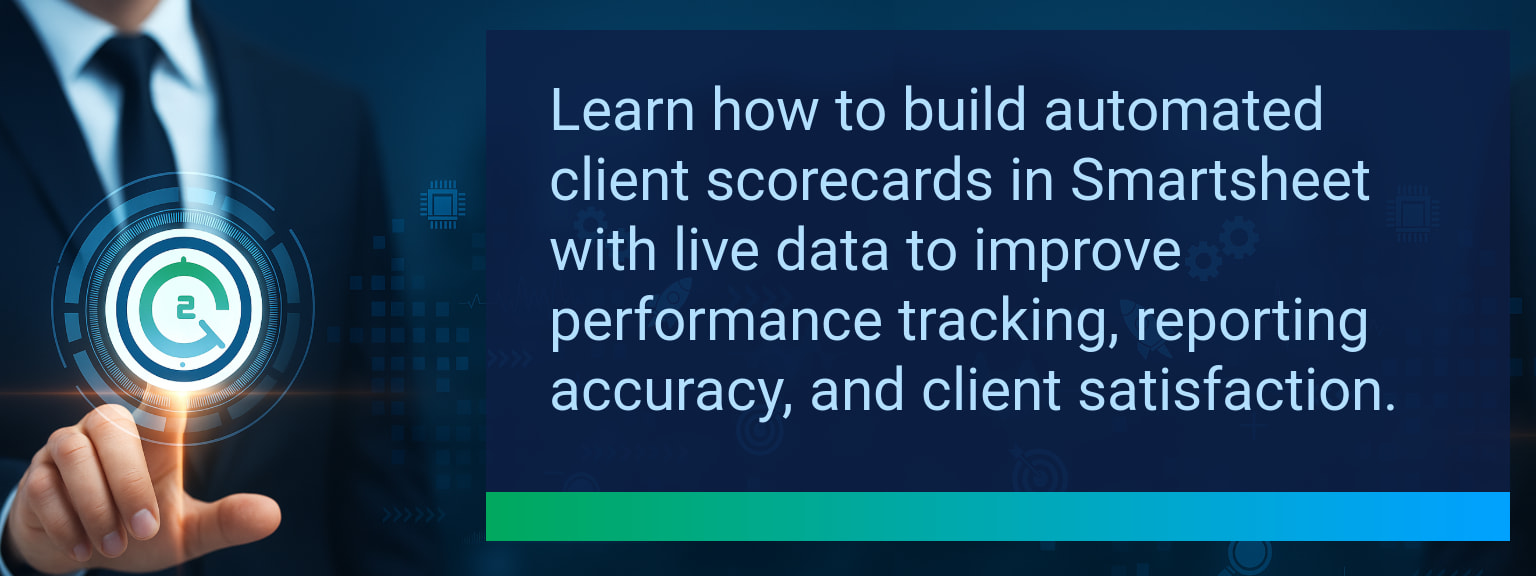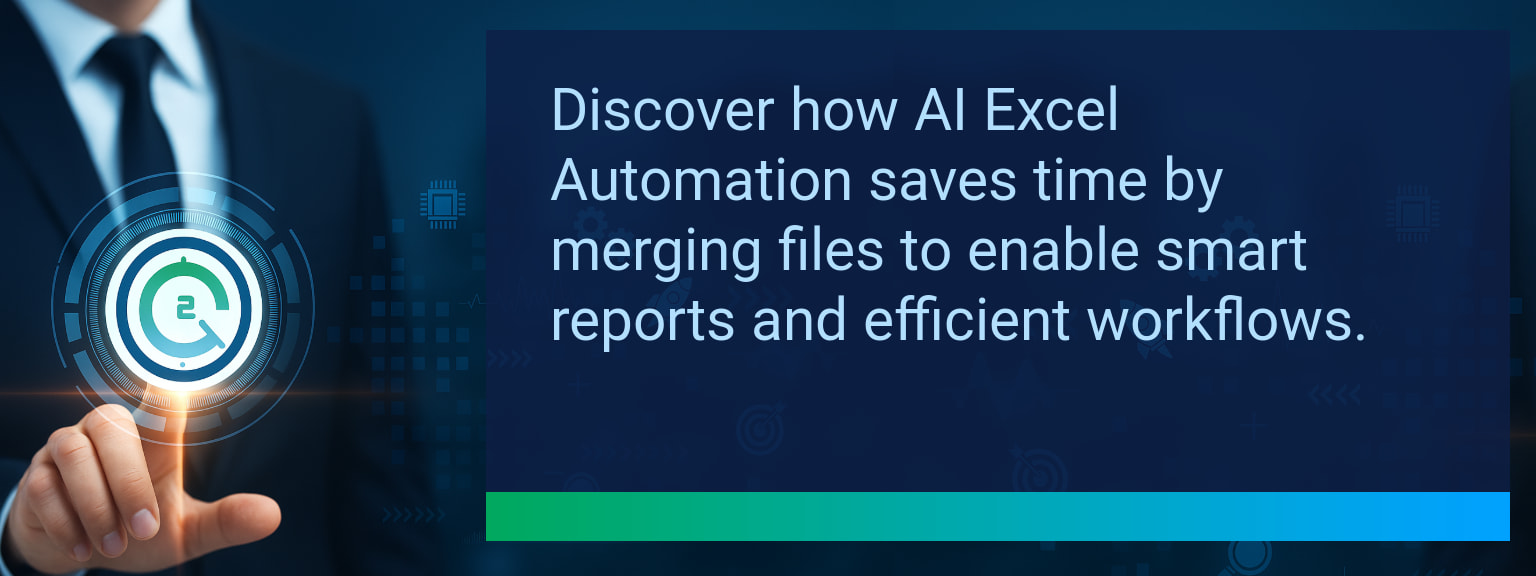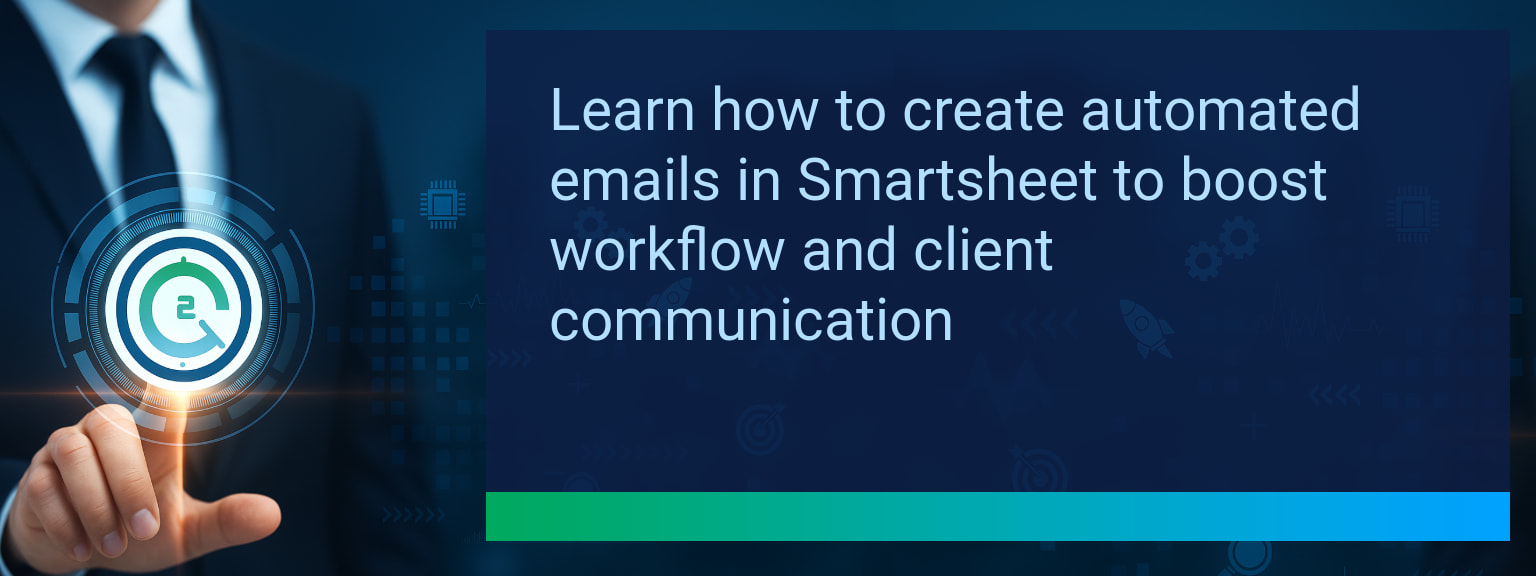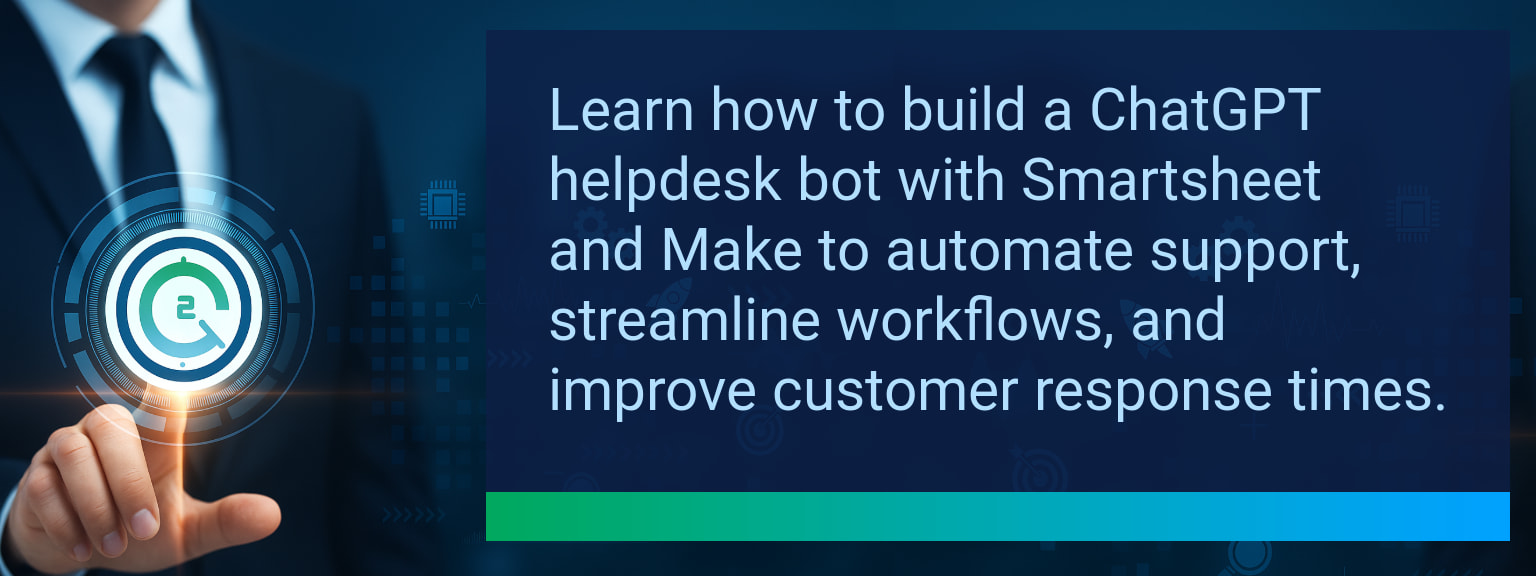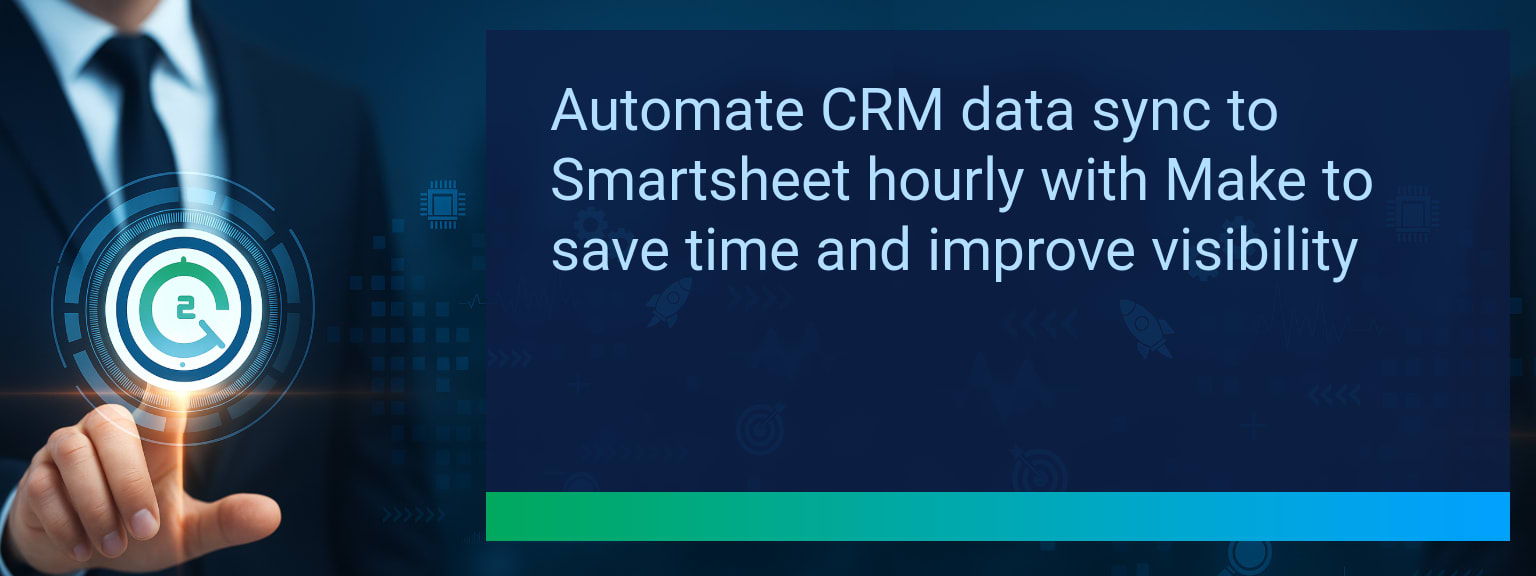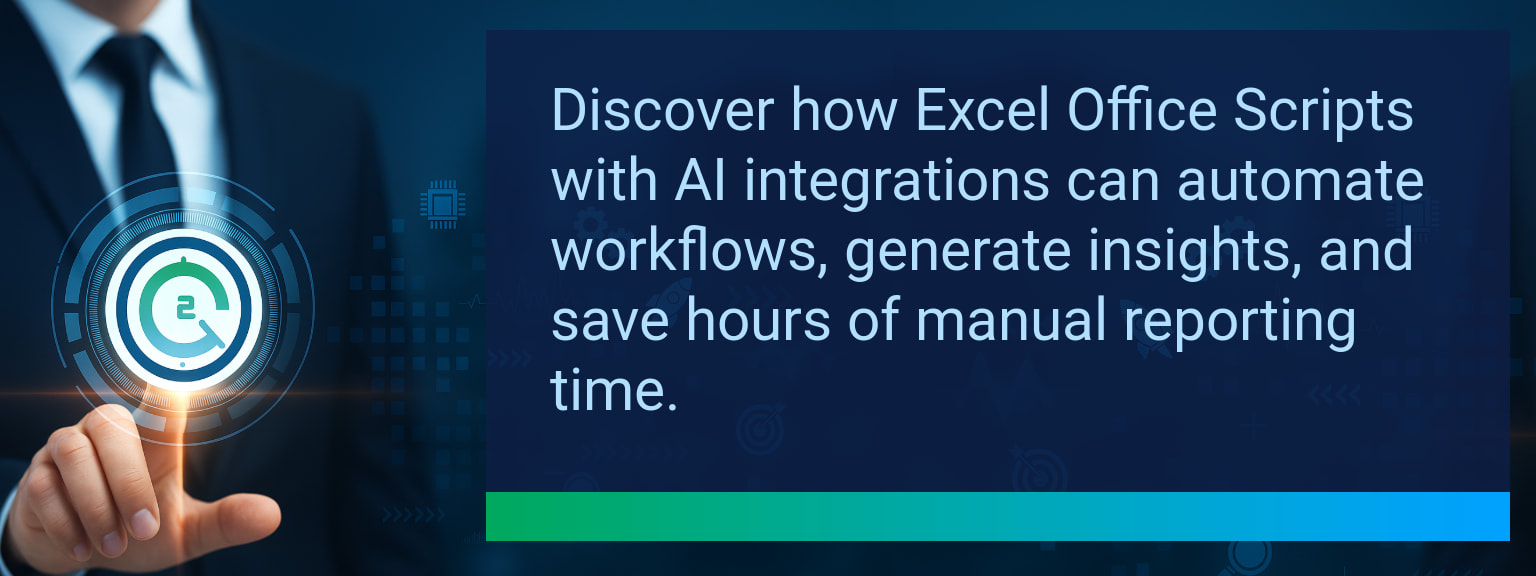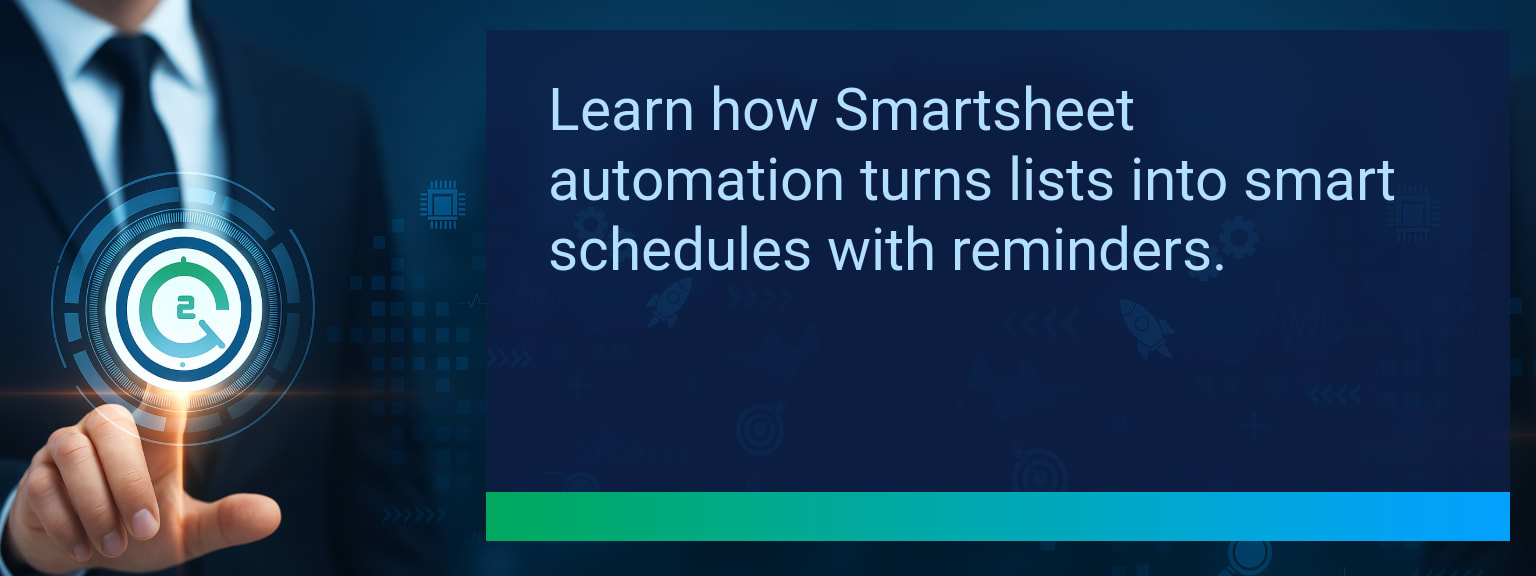Streamline Client Onboarding Automation with Make’s Multi-Step Conditional Logic
Client onboarding remains one of the highest-friction areas in sales and revenue operations. Manual data entry, compliance checks, and disjointed tool usage often delay onboarding and frustrate new customers. According to McKinsey, up to 60% of B2B buyers report dissatisfaction with complex onboarding processes. At Two Minute Tech Tips, we focus on practical solutions that save time and remove operational bottlenecks. That’s why Make’s newly updated multi-step conditional logic deserves attention. This feature transforms Client Onboarding Automation into a streamlined, scalable process with fewer errors and greater personalization. In this guide, you’ll learn how to build smarter workflows, integrate critical onboarding software, and measure performance impact in under two minutes of reading time.
- Use Make’s multi-step conditional logic to automate personalized client onboarding paths.
- Eliminate manual data entry errors by integrating CRMs and onboarding software into one workflow.
- Segment clients (e.g., VIP, Standard, Trial) and tailor steps automatically.
- Free up sales and account teams with workflow automation and CRM optimization.
- Measure success with performance analytics to prove time savings and accuracy improvements.
What Changed and Why It Matters for Client Onboarding Automation
The update to Make’s automation engine allows you to create multi-step branching logic, replacing the need for multiple fragmented scenarios. Unlike simple “if-else” conditions, these flows handle layered decisions in a single workflow. For sales automation leaders, this means onboarding can adapt depending on client type, geography, industry, or compliance requirements.
For example, a SaaS company can now onboard trial, standard, and enterprise clients inside one streamlined process. This reduces wasted time duplicating workflows and creates a consistent yet adaptable onboarding model. The result is fewer exceptions, stronger client trust, and improved revenue operations alignment.
Key Pain Points in Traditional Client Onboarding
Manual onboarding slows down sales cycles and reduces efficiency. Teams jump across multiple tools, leading to repetitive data entry and missed steps. Compliance barriers, such as KYC checks or regional regulations, complicate repeatable processes. Standard onboarding flows also fail to account for variations between client tiers, producing inconsistent experiences.
Workflow automation resolves these pain points by creating structured, rules-driven paths. Instead of teams manually deciding who should receive which documents or when to schedule kickoff calls, the workflow determines the next step automatically. This shift enables predictable delivery and better CRM optimization outcomes.
How To Build Smarter Workflows With Multi-Step Logic
Begin by mapping your client journey end-to-end, highlighting points where decisions change based on client type. Input triggers can include CRM records, form submissions, or inbound leads. With Make’s updated logic, you configure a conditional block that evaluates multiple data points—industry, spend level, or region—and sends the client down the correct onboarding track.
For example, an enterprise client can trigger automated compliance checks, personalized onboarding emails, and an account manager assignment. A trial client might follow a simpler sequence with digital onboarding only. By surfacing the right steps immediately, this onboarding software ensures efficient resource allocation and eliminates unnecessary delays.
Efficiency Gains and Performance Improvements
Companies embracing Client Onboarding Automation through Make experience faster time-to-value. Automating paperwork requests, consent forms, and tailored communications reduces administrative load. Performance analytics can then track time savings and help validate ROI in revenue operations strategies.
Consider tracking metrics such as weekly hours saved, % of error reduction in client documentation, and new client satisfaction scores. These indicators are more reliable than vanity reporting because they measure real process gains. When onboarding is automated, your team focuses on client outcomes, not manual tasks.
The Next Evolution of Automated Onboarding
Future onboarding flows will merge workflow automation with predictive analytics. Imagine using stored variables and AI-trained logic to anticipate required documents or proactively schedule calls. Multi-step conditional logic already builds the foundation for these smart, adaptive flows. As digital transformation accelerates, onboarding software will become the operating backbone of modern revenue organizations.
By starting now, you build resilience, scale, and customer trust while reinforcing CRM optimization strategies.
Metrics That Matter
| Category | Metric | Definition | Target |
|---|---|---|---|
| Leading | Automation Adoption Rate | % of onboarding flows converted to Make workflows | 70%+ |
| Leading | Time to First Automated Action | Average minutes from trigger to first onboarding step | ≤ 5 minutes |
| Lagging | Weekly Time Saved | Net hours saved per team per week | 4+ hours |
| Lagging | Error Rate Reduction | % decline in client form/document errors | 25%+ |
| Quality | Client Satisfaction Index | New client satisfaction rating post-onboarding | 8+/10 |
| Quality | Consistency of Workflow Adoption | % of users applying onboarding workflow 4+ weeks | 85%+ |
Explore more quick, actionable tips on AI, automation, Excel, Smartsheet, and workflow tools to work smarter every day.
Smarter Automation for Faster Client Success
Make’s conditional logic unlocks truly adaptive Client Onboarding Automation. By eliminating redundant processes, unifying workflows, and personalizing client journeys, organizations speed up sales automation and drive measurable improvements in accuracy. Leaders investing in workflow automation now strengthen their revenue operations strategy for scale. For more expert insights from Two Minute Tech Tips, explore sales leadership for high performance and start building more intelligent onboarding workflows today.

